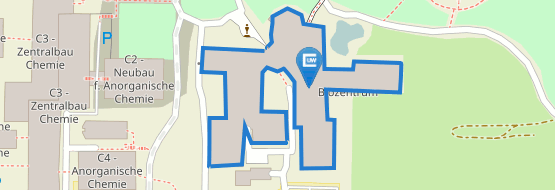Where Wild Honeybees Survive
02/16/2022
In northern Spain, wild honeybees use hollow electricity poles as nesting cavities. Natural areas in the surroundings promote the colonies’ chances to survive the winter.
more























